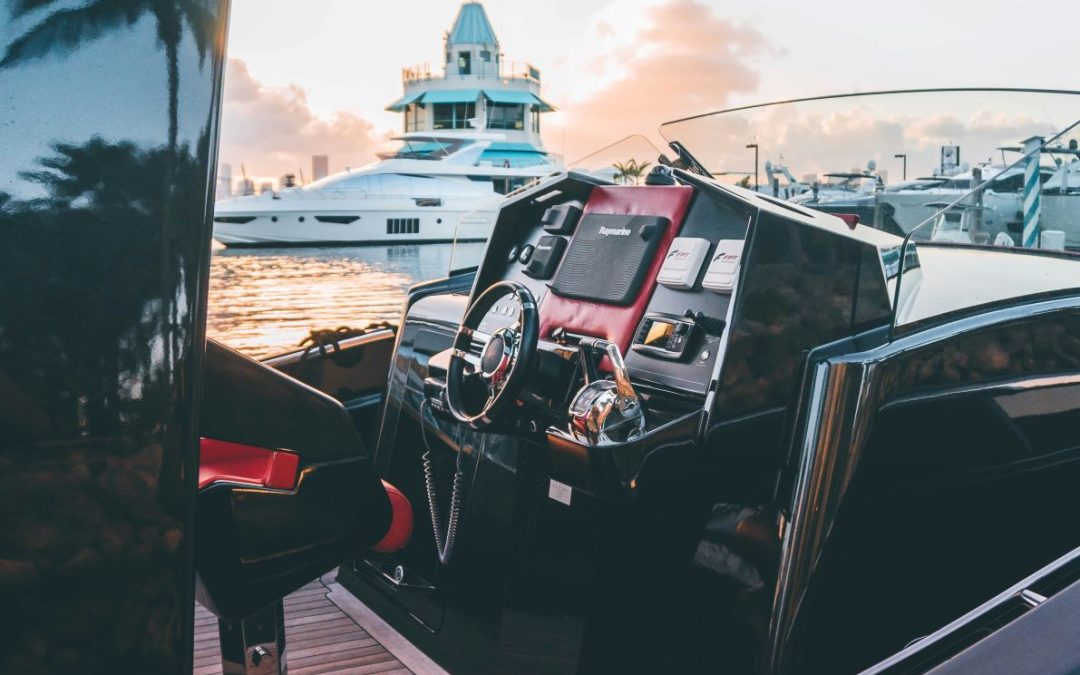Adding refrigeration to your vessel opens up new possibilities for extended trips and fresh food storage on the water. However, a successful boat refrigerator installation requires careful planning and consideration of multiple factors specific to marine environments.
Unlike home appliances, marine refrigeration systems must withstand constant motion, saltwater exposure, and limited power resources. Understanding these unique challenges before beginning your project will save time, money, and frustration down the line.
Planning Your Boat Refrigerator Installation
Before purchasing any equipment, assess your boat’s layout and intended use. Consider how often you’ll use the refrigerator and for what purposes. Weekend warriors have different needs than long-distance cruisers.
Measure the available space carefully, including access routes for installation. Many boat owners overlook the challenges of getting equipment through hatches and companionways. Remember that marine refrigeration units often require additional clearance for ventilation and maintenance access.
Think about your typical crew size and trip duration. A couple taking weekend trips needs less refrigeration capacity than a family planning week-long adventures. This planning phase directly impacts the success of your boat refrigeration installation.
Power Requirements for Boat Refrigeration Installation
Power consumption stands as the most critical factor in marine refrigeration. Unlike shore power, your boat’s electrical system has finite capacity that must support all onboard systems.
DC vs AC Systems
DC refrigeration systems typically use less power and integrate better with standard marine electrical systems. AC units often require inverters, adding complexity and reducing efficiency. Most experienced boaters prefer 12V or 24V DC systems for their reliability and lower power draw.
Battery Capacity Planning
Calculate your daily power consumption including the refrigerator’s needs. Marine refrigeration typically requires 3-8 amps per hour depending on size, insulation quality, and ambient temperature. Factor in cycling patterns – units don’t run continuously but cycle on and off throughout the day.
Space and Size Considerations for Your Boat Fridge Installation
Marine spaces present unique challenges for refrigeration installation. Every inch matters on a boat, and refrigeration units require both interior storage space and exterior ventilation access.
Built-in units offer better space utilization than portable options but require permanent installation. Top-loading units generally provide better efficiency than front-loading models since cold air doesn’t spill out when opened.
Consider the galley workflow when positioning your refrigeration. The unit should be easily accessible while cooking but not interfere with other essential functions. Many successful installations integrate refrigeration into existing cabinetry or utilize unused spaces like quarter berths.
Types of Marine Refrigeration Systems
Several refrigeration technologies work in marine environments, each with distinct advantages and limitations.
Compressor Systems
Compressor-based systems provide excellent cooling performance and work well in various climates. They handle temperature variations effectively and can maintain consistent cooling even in hot weather. However, they consume more power and create vibration and noise.
Thermoelectric Systems
Thermoelectric or Peltier systems operate quietly and have no moving parts, making them reliable in marine environments. They work best in moderate climates and smaller spaces. Power consumption remains relatively constant regardless of cooling load.
Eutectic Systems
Eutectic systems use cold plates that freeze during engine operation or shore power connection, then provide cooling for extended periods. They work well for boats with limited battery capacity but require regular charging cycles.
Professional Installation vs DIY Approaches
Many boat owners attempt refrigeration installation themselves, but marine systems present unique challenges that benefit from professional expertise.
Professional installers understand marine electrical systems, proper ventilation requirements, and regulatory compliance issues. They can also recommend the best system type for your specific boat and usage patterns.
Coast 2 Coast Refrigeration specializes in marine refrigeration installations and can ensure your system operates efficiently and reliably. Their experience with commercial refrigeration translates well to the demanding marine environment.
Key Installation Steps
- Electrical system assessment and upgrade if necessary
- Proper mounting and vibration isolation
- Ventilation planning and installation
- System commissioning and testing
Common Installation Challenges and Solutions
Marine installations face obstacles rarely encountered in residential applications. Vibration, moisture, and space constraints require specialized approaches.
Vibration isolation prevents damage to refrigeration components and reduces noise transmission through the hull. Use proper mounting techniques and flexible connections where appropriate.
Moisture protection involves sealing electrical connections and ensuring proper drainage. Marine environments create condensation that can damage electrical components if not properly managed.
Limited access complicates installation and future maintenance. Plan installation sequences carefully and ensure maintenance access remains available after completion.
Maintenance and Ongoing Care
Regular maintenance keeps marine refrigeration systems operating efficiently and extends equipment life. The marine environment demands more frequent attention than shore-based systems.
Check electrical connections regularly for corrosion or loosening due to vibration. Clean condenser coils to maintain efficiency – salt air and dust can quickly reduce performance.
Monitor power consumption to identify potential issues before they become serious problems. Increased power draw often indicates system problems that require attention.
Essential Maintenance Tasks
- Monthly electrical connection inspection
- Quarterly condenser cleaning
- Annual system performance evaluation
- Regular temperature monitoring and calibration
Maximizing Your Marine Refrigeration Investment
A properly planned and installed marine refrigeration system provides years of reliable service and significantly improves your boating experience.
Choose quality components designed for marine use rather than adapting residential equipment. Marine-specific systems cost more initially but provide better long-term value through improved reliability and lower maintenance requirements.
Consider energy efficiency features like improved insulation and variable-speed compressors. These features reduce power consumption and extend battery life during extended trips.
For expert guidance on your boat fridge installation project, contact Coast 2 Coast Refrigeration today. Their commercial refrigeration expertise and understanding of marine applications will ensure your installation meets your needs and exceeds your expectations.

